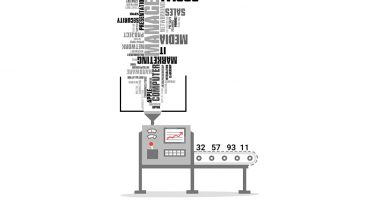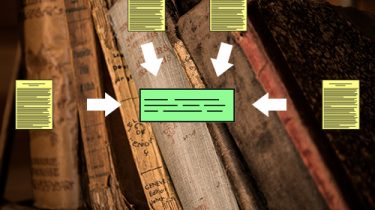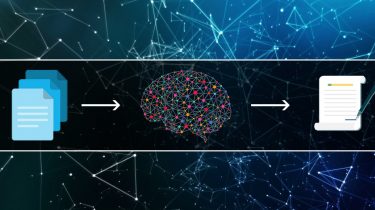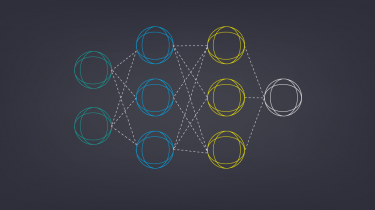A Step-by-Step NLP Guide to Learn ELMo for Extracting Features from Text
Introduction I work on different Natural Language Processing (NLP) problems (the perks of being a data scientist!). Each NLP problem is a unique challenge in its own way. That’s just a reflection of how complex, beautiful and wonderful the human language is. But one thing has always been a thorn in an NLP practitioner’s mind is the inability (of machines) to understand the true meaning of a sentence. Yes, I’m talking about context. Traditional NLP techniques and frameworks were great when […]
Read more








